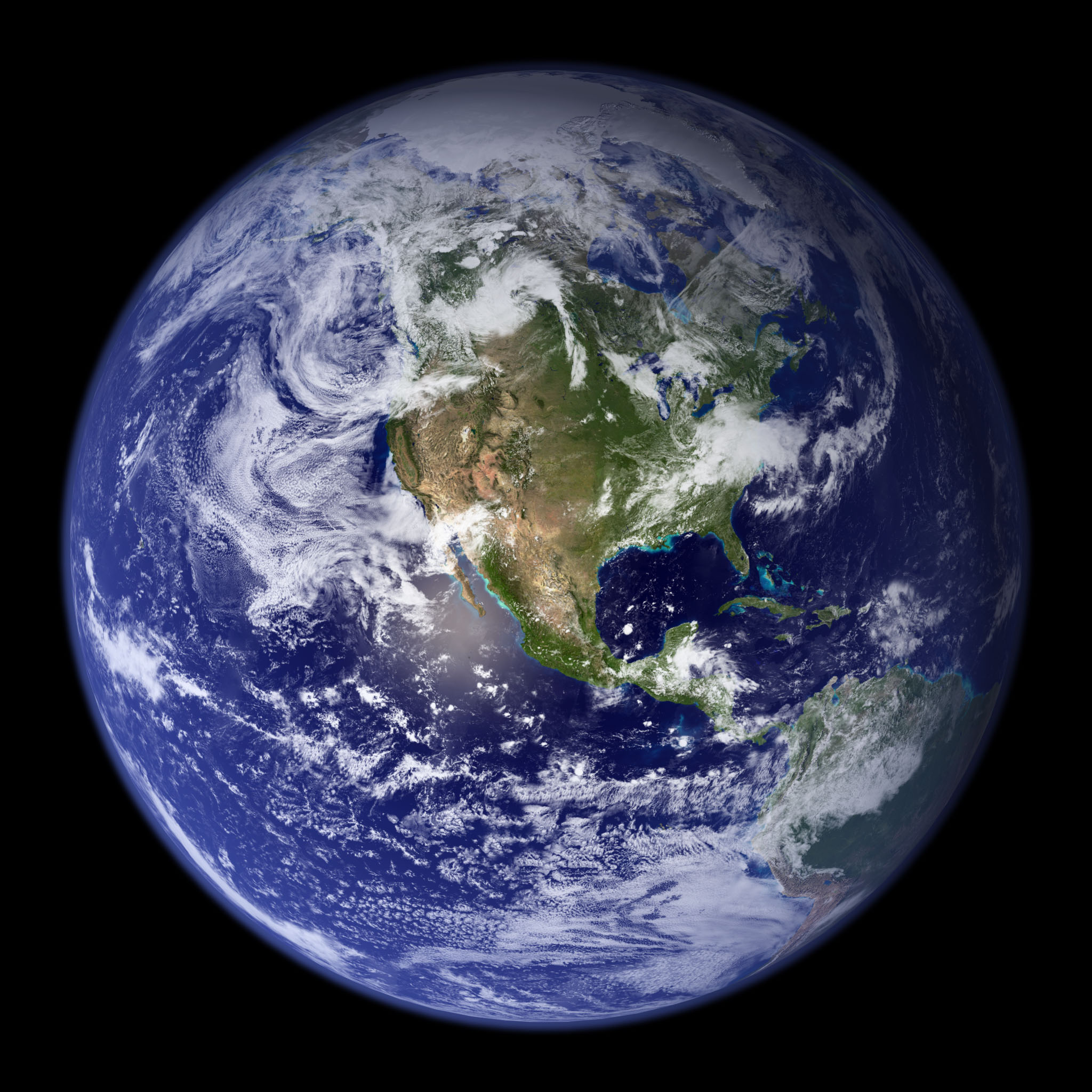
A Perseid meteor streaks across the sky over the Very Large Telescope in Chile. Credit: ESO/S. Guisard
The Perseids meteor shower, which peaks August 11-12, isn’t just a dazzling celestial show. The annual event also supplies our atmosphere with
an essential ingredient for groundbreaking astronomical research.
Our atmosphere is turbulent. The turbulence is what makes stars twinkle. Although twinkling stars are lovely to look at, they are a bit of a nuisance to astronomers. All that dancing and shimmering obscures the fine detail in planets, nebulae and galaxies. If only they could steady the atmosphere, they could learn so much more about the cosmos. But because the sky refuses to be tamed, scientists do the next best thing: they make their telescope mirrors change shape in tune to the moving atmosphere. This is where the Perseids come in.
During the Perseids, our planet runs into the debris trail of Comet Swift-Tuttle, a ball of ice that orbits the sun every 130 years and last visited the inner solar system in 1992. Every time the comet returns, it sheds flakes of ice and dust. And every year, Earth passes through cometary dandruff. Each comet chunk slams into the upper atmosphere at nearly 60 kilometers per second and flares as a meteor or “shooting star.”

A sodium laser fires from the Gemini South telescope in Chile. Credit: Gemini Observatory/AURA
Every impact shaves a bit of sodium off the meteors. Some of the sodium atoms float in a layer roughly 90 kilometers above Earth’s surface. By firing a telescope-mounted laser into the sky, astronomers can make a spot of the sodium glow. The glowing spot looks like an artificial star. Because astronomers know exactly what a glowing spot should look like, they can then rapidly deform small mirrors in the telescope—sometimes at over a thousand times a second—until the spot appears nice and round. Thus calibrated, the telescope can reveal a far clearer picture of the celestial object of interest than might otherwise be obtained In effect the technique removes the confounding atmosphere. Because the telescope continuously adapts to the changing atmosphere, astronomers call this technique “
adaptive optics.”
Adaptive optics systems bring everything from nearby moons to distant galaxy clusters into sharper focus. Astronomers use them to observe
stars orbiting the supermassive black hole at the core of our galaxy roughly 28,000 light-years away. By watching stars whip around the galactic center for over a decade, researchers were able to figure out that the black hole weighs the same as 4 million suns. And by combining adaptive optics with a tool to block out starlight, astronomers can
take pictures of planets orbiting distant stars in our galaxy—all because of the sodium that meteors bring.
The Perseids will reach full swing–with nearly 100 meteors per hour streaking across the sky–on the night of August 11. The best time to watch is after midnight well away from city lights. With no moon to spoil the view, this year’s show should be a good one. Every meteor you see will be a tiny piece of a comet, a remnant from the birth of our solar system. Each one leaves behind a bit of itself that lets astronomers push the boundaries of our knowledge of the cosmos.


 Share
Share Email
Email Print
Print


